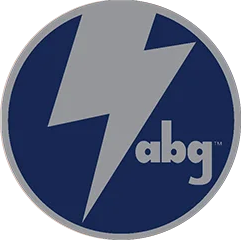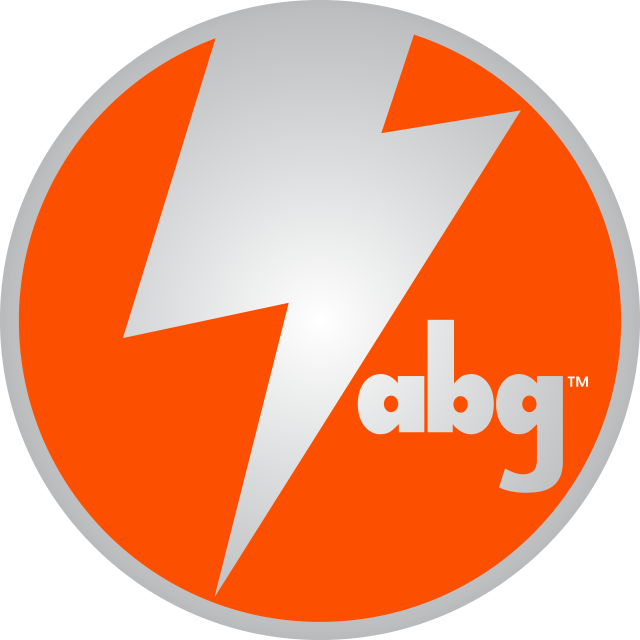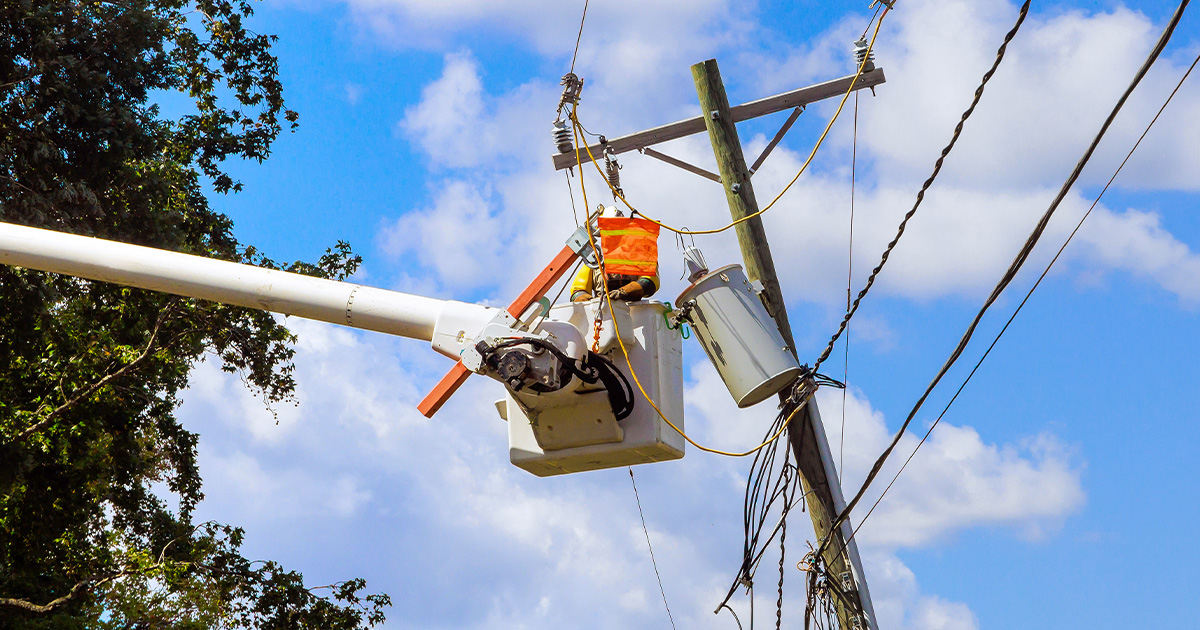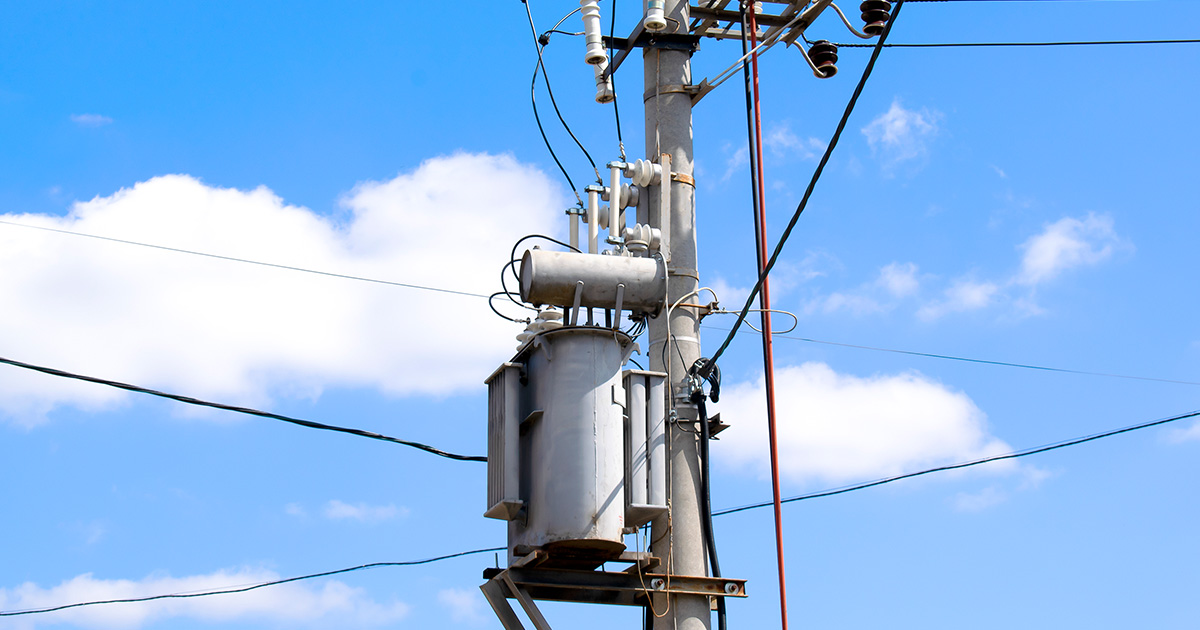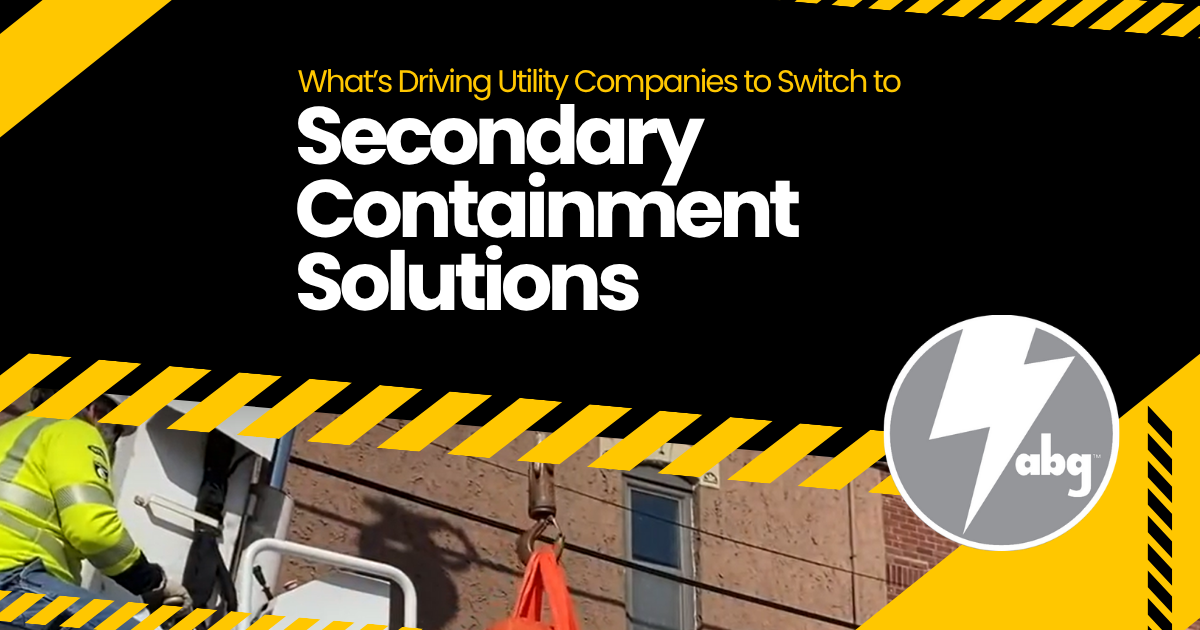
What’s Driving Utility Companies to Switch to Secondary Containment Solutions?
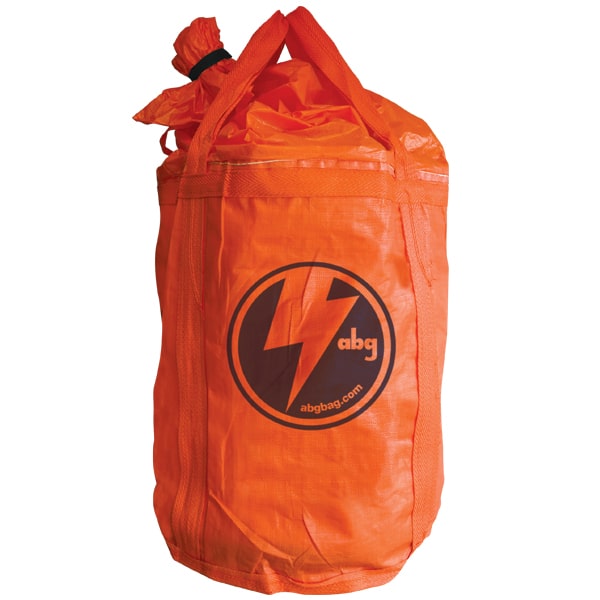
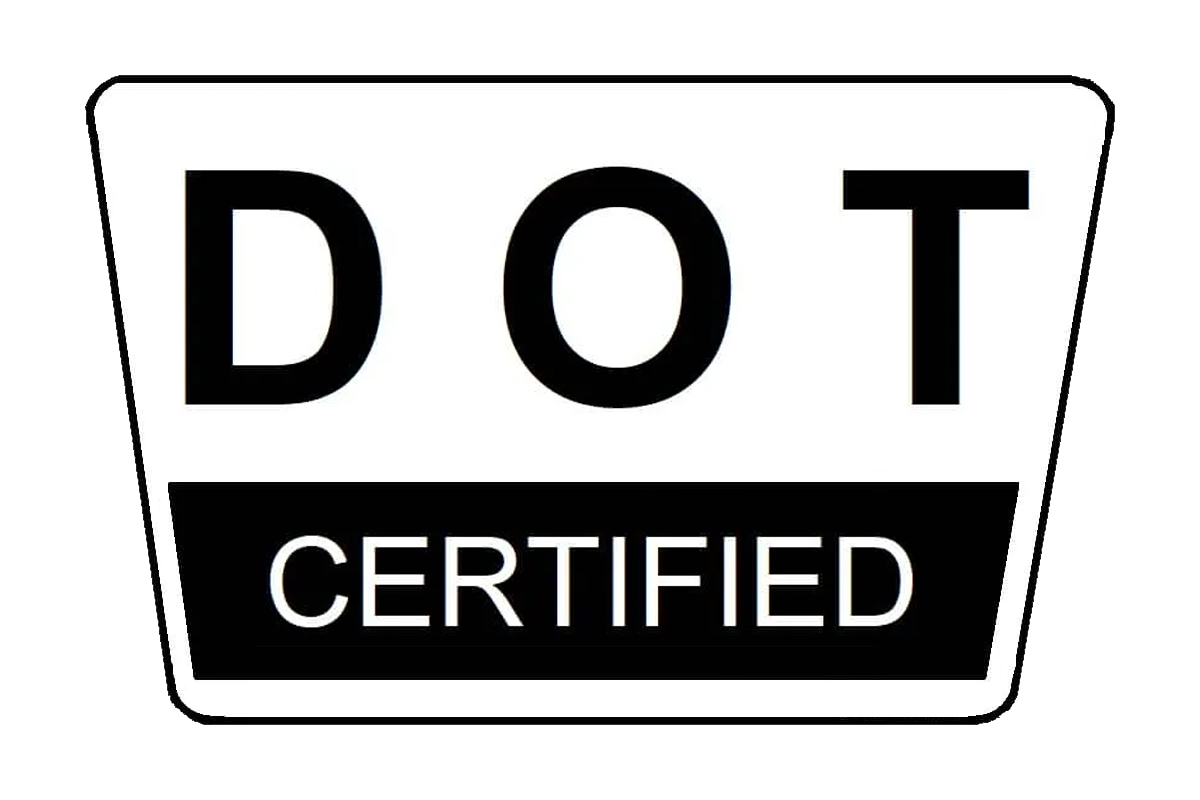
Across the utility sector, a noticeable shift is taking place: companies are proactively investing in secondary containment solutions to manage transformer handling, storage, and transport more responsibly. This isn’t simply a trend—it’s a response to a range of regulatory, environmental, and operational pressures that demand better safeguards against transformer oil spills, leaks, and PCB contamination.
From pole-mounted transformers in residential neighborhoods to decommissioned units being hauled across state lines, the risks associated with uncontained transformer fluids are prompting new standards. At the forefront of these safeguards are Transformer Containment Bags, which serve as a vital line of defense against environmental contamination and legal liability.
So, what’s driving utility companies to rethink containment?
Federal and state agencies are reinforcing environmental oversight, especially when it comes to transformer transport and disposal. Transformers—particularly older units—can contain polychlorinated biphenyls (PCBs), which are toxic and regulated under the Toxic Substances Control Act (TSCA).
Utilities that don’t use DOT approved containment bags during transport risk serious violations. These agencies increasingly require documented proof of transformer spill containment measures, especially in scenarios involving PCB transformer containment bags.
By adopting certified, transport-compliant containment bags, companies can prevent accidental spills and demonstrate compliance from the moment a transformer is removed from the field.
Climate change has intensified storm activity, which in turn has increased the number of downed power lines and pole-mounted transformers. Whether it's from wind, flooding, or wildfires, infrastructure damage leads to equipment failures—and transformer leaks.
In response, many utilities are outfitting trucks and linemen with utility pole containment bags and pole mount transformer containment bags as a first-response solution. These bags are fast to deploy, lightweight, and designed to absorb or contain oil leaks before they reach soil or water sources.
By using these tools, companies reduce the likelihood of long-term contamination and expensive remediation in vulnerable areas.
An oil leak near a school, park, or residential area doesn’t just present an environmental hazard—it can lead to lawsuits, regulatory fines, and public backlash. Even a small spill can become a high-profile incident if it’s not handled swiftly and effectively.
Transformer oil containment bags function as a low-cost insurance policy. When containment tools are readily available, utilities can limit the impact of a leak and avoid the lengthy litigation and cleanup processes that follow uncontained events.
These risks are especially severe with PCB leaks. Without a PCB transformer containment bag, utilities may be in violation of hazardous waste handling laws. For more insight on this subject, read the blog How Utility Pole and PCB Bags Prevent Environmental Risk.
Environmental, Social, and Governance (ESG) metrics are increasingly used to evaluate how responsible and sustainable a utility company is—not just by regulators, but by investors and the public.
Companies that embrace sustainable practices, such as reusing containment bags and reducing leak incidents, can strengthen their ESG reporting. More importantly, they send a clear signal to their stakeholders: they prioritize public safety and environmental stewardship.
Products like reusable transformer containment bags help companies meet both operational goals and corporate sustainability initiatives.
Uncontained transformer spills often result in unplanned shutdowns, soil testing, environmental remediation, and extensive paperwork. All of this can stall operations and add significant costs to a utility’s bottom line.
By integrating transformer containment tools directly into field operations, companies can minimize interruptions and maintain momentum. These include:
- Pole mount transformer containment bags for in-situ protection
- Utility pole containment bags for rapid response
- DOT approved containment bags for compliant transport
Having the right containment solution at the right time simplifies logistics, reduces delays, and prevents regulatory escalation.
For a full overview of containment solutions, visit the Essential Guide to Transformer Containment and Transport Bags.
A Proactive, Not Reactive, Approach
Historically, containment solutions were only deployed after an incident occurred. Today, forward-thinking utility companies are embedding transformer spill containment into their standard operating procedures.
Whether it’s equipping crews with transformer oil containment bags or implementing fleet-wide policies on transformer transport, the approach is evolving. Utility companies are recognizing that prevention is far more cost-effective than cleanup.
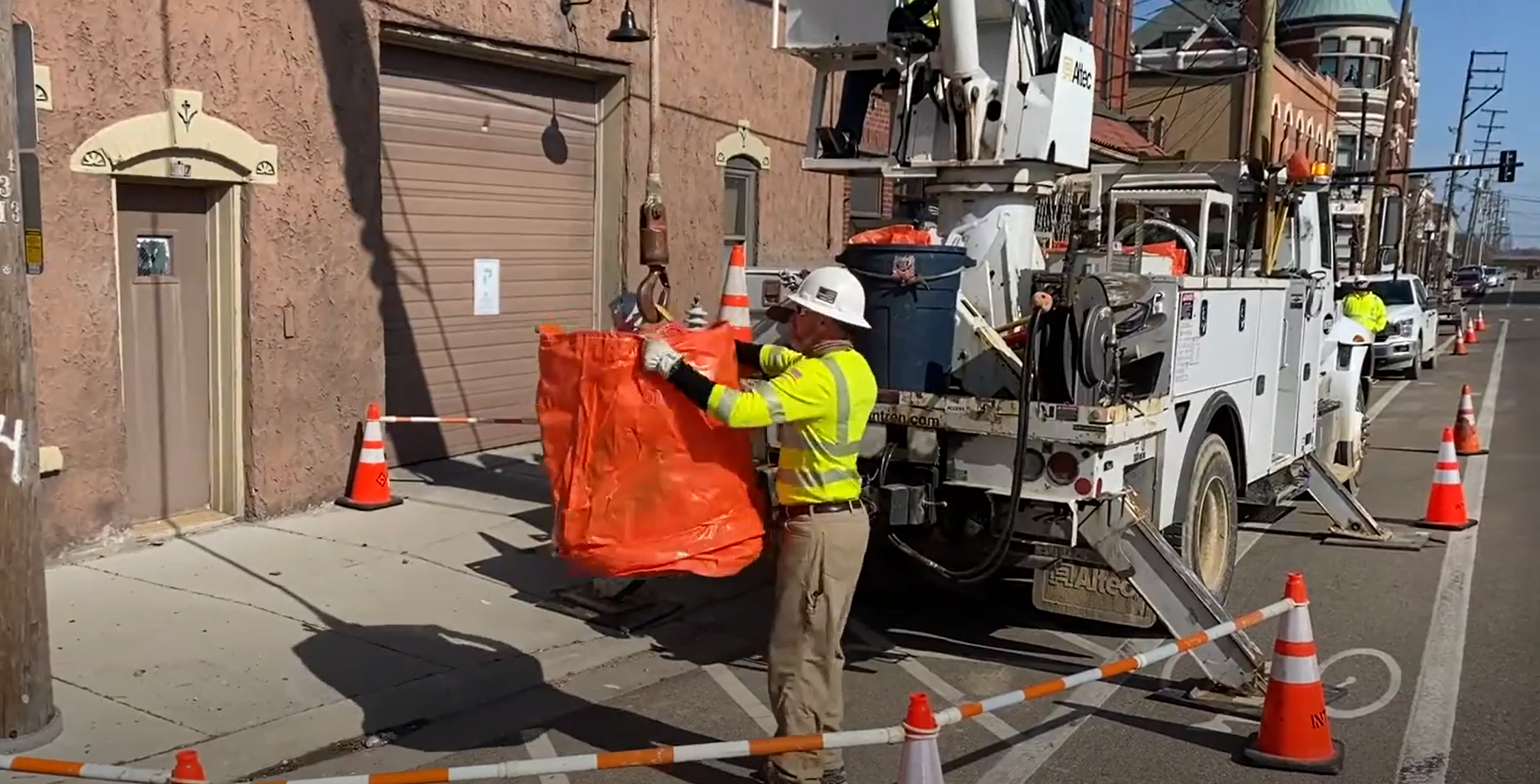
Tailored Containment for Specialized Needs
Transformer configurations vary widely, from compact pole-mounted units to high-capacity pad-mounts and mobile transformers. That’s why off-the-shelf solutions don’t always offer the right fit.
Working with containment experts to source or customize the right containment bags ensures every transformer is safely managed, regardless of size, placement, or risk level. And in the case of PCB-containing units, having a reliable PCB transformer containment bag is not just smart—it’s essential.
Protecting the Environment and Your Operations
Utility companies face a growing set of responsibilities—from climate resilience to regulatory compliance. The right containment solutions help them meet these challenges head-on, reducing both risk and cost.
To find out which products best fit your team’s needs, or to request a quote, call 800-758-8079 to contact ABG Bag Inc. today.
Do You Have Questions?
For inquiries about our products, order status, or any other information related to ABG Bag Inc., send us a message, and we will respond soon.
Sales & Customer Care
Product Questions



